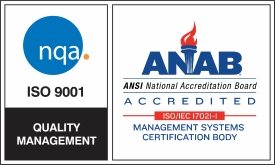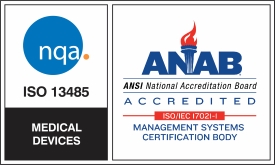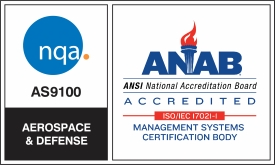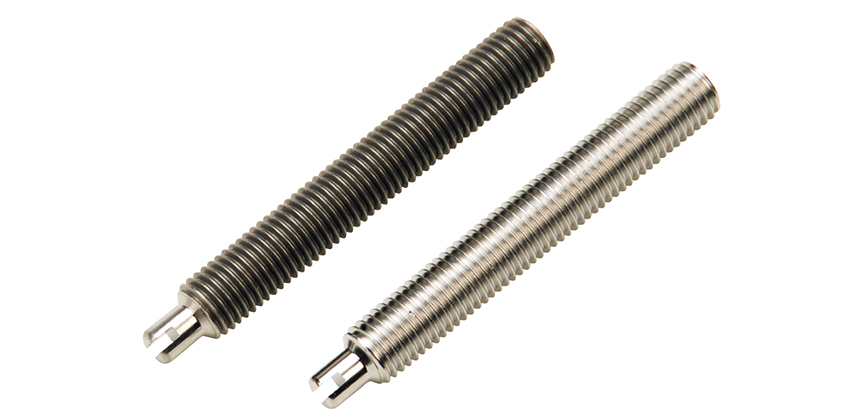Metal plating and electropolishing can both be used to enhance metal parts. Electropolishing will delay the corrosion properties of copper, brass, aluminum and carbon steels and is commonly utilized in conjunction with plating techniques. Want to know more about how electropolishing can improve metal parts and be utilized in addition to metal plating treatments? Examine our guide on both metal treatments.
What is Metal Plating?
Metal plating is a process in which a part’s surfaces are covered with a metal deposit. The process is used to reduce the likelihood of corrosion formation, provide a decorative finish and more. Although this process is effective in improving metal parts for some aspects, to achieve the proper finish it often must be used in conjunction with other secondary finishing processes including electropolishing.
The Electropolishing Process
Electropolishing is often used as the final step in the manufacturing process. To begin this “reverse plating” process, parts are submersed in a blended chemical electrolyte bath. An electropolishing specialist then applies a rectified current to remove metal ions from the surface. A power sources converts AC current to DC at low voltages. Parts are then rinsed to remove any electrolytes that remain and subsequently dried. Once the treatment is completed, metal parts have a smooth surface free of embedded contaminants. Electropolishing can enhance metal parts utilized in various industries, including aerospace, pharmaceutical, medical, food service, automotive and more. Learn about additional benefits of electropolishing below.
Benefit: Improved Aesthetic Value
Untreated metal parts may be dull or unattractive. Other finishing treatments, like plating, provide an improved aesthetic value. However, because electropolishing is not a coating you won’t have the problem with the surface chipping or peeling exposing the base material. Electropolishing leaves parts with a bright, shiny finish indefinitely. This appearance is the most notable feature of an electropolished part.
Benefit: Deburred Edges
Metal parts may have burrs or jagged edges that are not suitable for many applications. Electropolishing removes metal ions from edges and corners of parts to create burr-free, smooth edges.
Benefit: Improved Corrosion Resistance
If untreated, metal parts can be highly susceptible to rust in certain environments. To enhance parts’ resistance to corrosion, companies can submit them for electropolishing. Electropolishing is an aggressive treatment that removes a uniform layer of surface material and heavy contamination. Because electropolishing can remove embedded surface impurities, it is a highly effective metal finishing treatment.
Benefit: Enhanced Microfinish Value
Metal parts may have small micro cracks and other surface defects that are not visible to the human eye. While these defects may not pose an immediate threat to the part, over time, they could cause part failure. Electropolishing can effectively reduce surface irregularities on a part. The highest concentration of current occurs on high points reducing the peak to valley ratio which, in turn, reduces microfinish values.
Want to learn more about plating vs. electropolishing and how electropolishing can enhance parts? Contact Able Electropolishing today.




